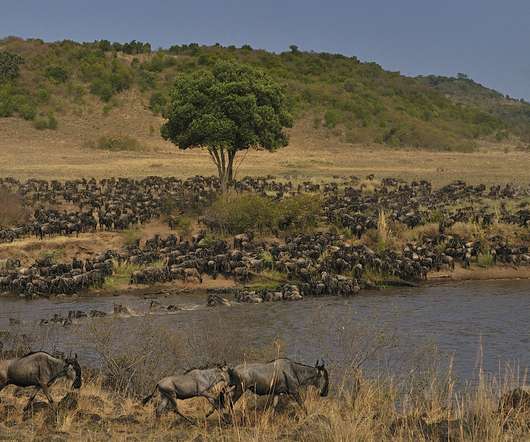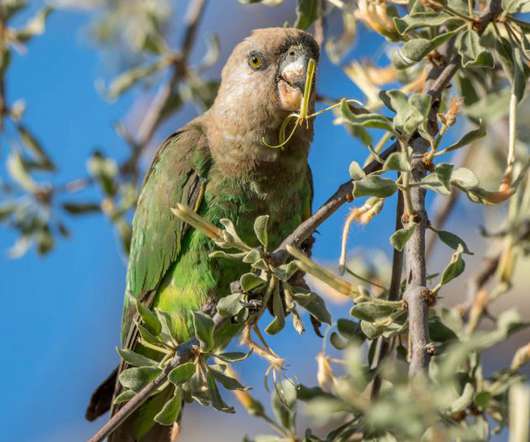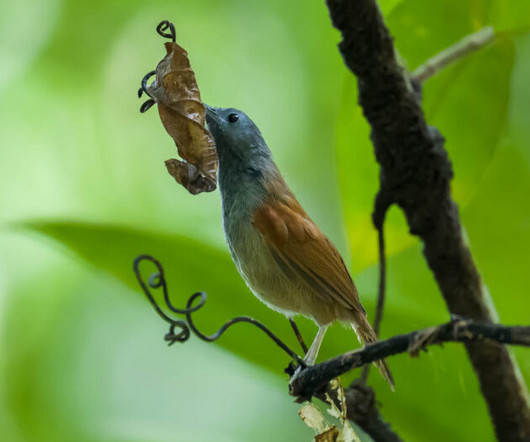Birding crème de la crème: Africa – Ngorongoro Crater to Queen Elizabeth II National Park
10,000 Birds
JANUARY 14, 2021
This is the second post in the Birding crème de la crème series (the first, focused on southern Asia, is here ). The furry kind is represented with 95 species – more than in any other Ugandan park, 10 primates among them, including the Chimpanzee. Kibale Forest National Park The primate capital of East Africa!












Let's personalize your content